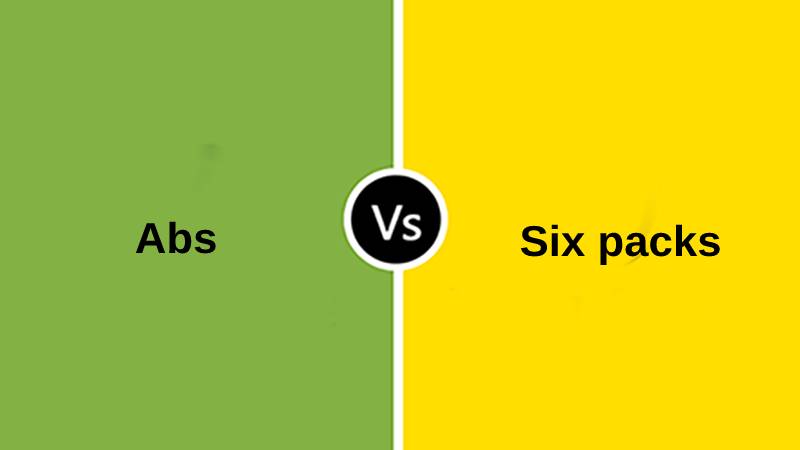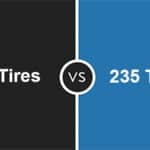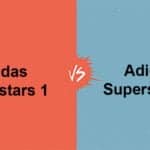Abs and Six-Packs refer to the physique of the body. They not only make a person more desirable but also give good health. But it is difficult to endure all the pain and suffering to make abs and six-packs.
Abs vs Six Packs
“Abs” refers to the entire abdominal muscles in the body’s midsection. At the same time “six packs” specifically describe well-defined, visible muscles in a grid-like pattern on the front of the abdomen, associated with a low body fat percentage and muscle definition.

Abs are the most important part of the stomach as they not only provide a good look but also maintain the body’s posture. Abs workout is very easy, and anyone can perform the related exercise. These exercises do not ask for a fat burn from the stomach.
Six-packs give a perfect tone to a human body. It is a pack of six visible muscles on the stomach. Six-pack workouts are very tough to follow. These exercises involve fat burning. Six-pack packs have many benefits, like improving health, reducing stress, and giving good posture.
Comparison Table Between Abs and Six-Packs
| Parameters of Comparison | Abs | Six-packs |
|---|---|---|
| Definition | Refers to the entire abdominal muscles, including the rectus abdominis, obliques, and transverse abdominis. | Specifically describes well-defined, visible muscles in a grid-like pattern on the front of the abdomen. |
| Muscle Groups | Encompasses multiple muscle groups in the abdominal region, responsible for core stability and support. | Focuses primarily on the rectus abdominis muscles, which create the “six-pack” appearance when well-defined. |
| Appearance | May not necessarily display a distinct six-pack appearance and can vary widely based on genetics and fitness levels. | Characterized by the presence of clearly visible, defined, and symmetrical abdominal muscles, resembling a six-pack of soda cans. |
| Fitness Indicator | A strong core with well-developed abdominal muscles can contribute to overall fitness but doesn’t solely determine it. | Often seen as a sign of low body fat percentage, intense training, and a lean physique. |
| Achievability | Achievable through regular core-strengthening exercises, but visible six-packs may require a lower body fat percentage and specific training. | Requires dedicated core training, cardiovascular exercise, and careful attention to diet to achieve the desired level of muscle definition. |
| Health Implications | Strong abs contribute to better posture, spinal support, and reduced risk of back pain. | Achieving six-packs involves a healthy lifestyle, including proper nutrition and exercise, which can lead to improved overall health. |
| Genetics Influence | Genetics play a significant role in the appearance of abs and can vary greatly from person to person. | Genetics also influence the ease with which an individual can develop and display a visible six-pack. |
What are Abs?
“Abs” is a colloquial term used to refer to the abdominal muscles in the human body. These muscles are a group of interconnected muscles located in the abdominal region, which is the area between the chest and the pelvis. The primary abdominal muscles include the rectus abdominis, external obliques, internal obliques, and transverse abdominis.
- Rectus Abdominis: This is the most prominent abdominal muscle, running vertically along the front of the abdomen. It is referred to as the “six-pack” muscle when well-defined.
- External Obliques: These muscles are on the sides of the abdomen and assist in twisting and rotating the trunk.
- Internal Obliques: Located beneath the external obliques, these muscles aid in rotational movements and core stability.
- Transverse Abdominis: This deep muscle wraps around the abdomen and acts like a natural corset, providing stability and supporting the spine.
The abdominal muscles serve several crucial functions in the body, including maintaining posture, supporting the spine, and facilitating movements of the trunk and pelvis. Strengthening the abdominal muscles through targeted exercises can enhance core stability, reduce the risk of back pain, and improve overall physical performance.
What are Six Packs?
“Six packs,” in the context of the human body, refer to the well-defined, visible muscles that form a grid-like pattern on the front of the abdomen. They are a subset of the abdominal muscles, specifically the rectus abdominis, which runs vertically along the anterior abdominal wall. When this muscle is highly developed and has a low body fat percentage covering it, it creates the characteristic appearance of a “six-pack.”
Key points about six packs include:
- Rectus Abdominis: The six-pack muscles result from the rectus abdominis muscle becoming more pronounced due to increased muscle size and reduced fat covering it. These muscles are separated by fibrous bands called tendinous intersections, creating a segmented appearance.
- Aesthetics: Six packs are associated with a lean and fit physique. They have become a symbol of fitness, strength, and a healthy lifestyle. Achieving a visible six-pack is a common goal for many fitness enthusiasts.
- Training: Developing a six-pack requires a combination of targeted abdominal exercises, such as crunches and leg raises, as well as overall body conditioning to reduce body fat. Core exercises alone may not reveal a six-pack if there is a layer of fat covering the muscles.
- Genetics: Genetics play a significant role in determining the ease with which individuals can develop and display a visible six-pack. Some people may naturally have more defined abdominal muscles, while others may need to work harder to achieve the same look.
It’s important to note that having a six-pack does not necessarily equate to overall health or fitness. A strong core and overall well-rounded fitness are more important than the appearance of abdominal muscles. Additionally, achieving a visible six-pack requires a strict diet and exercise regimen, which may not be suitable or sustainable for everyone.
Main Differences Between Abs and Six Packs
Abs:
- Refer to the entire group of abdominal muscles.
- Include the rectus abdominis, external obliques, internal obliques, and transverse abdominis.
- Play a crucial role in core stability, posture, and trunk movements.
- Vary in appearance among individuals due to genetics, exercise, and body fat levels.
- Strengthening abs enhances core stability and reduces the risk of back pain.
- Focused on functional fitness and overall well-being.
Six Packs:
- Specifically describe the visual appearance of well-defined rectus abdominis muscles.
- Form a grid-like pattern of segmented muscles on the front of the abdomen.
- Often associated with a lean and muscular physique.
- Result from a combination of muscle development and reduced body fat.
- Achieving visible six-packs may require targeted abdominal exercises and a low body fat percentage.
- Often a symbol of fitness and aesthetics, but not necessarily an indicator of overall health.
























